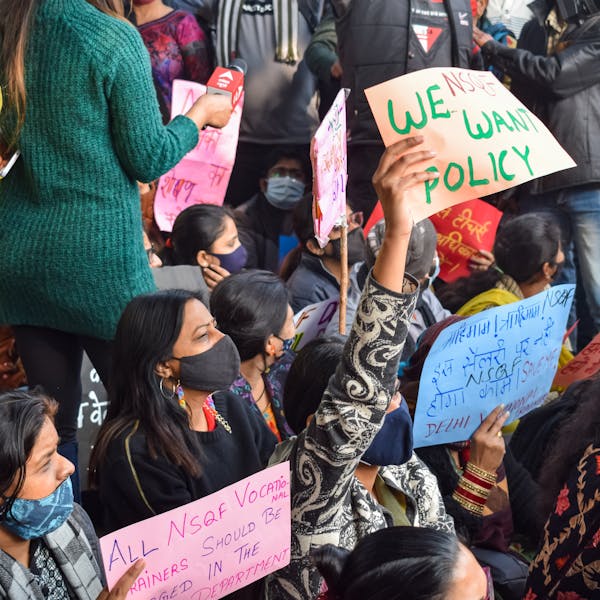Vaccination is without doubt one of the most successful public health interventions aimed at reducing the burden brought about by infectious diseases.
Even though vaccination programs have been very successful globally, there still hasn't been an achievement of optimal levels of immunization due to various obstacles.
These include acceptance and vaccine hesitancy issues right down to logistical barriers. Resolving these will be important in ensuring herd immunity and protecting public health.
The Rise of Vaccine Hesitancy
Of late, one of the most worrying trends pertaining to vaccination has been the phenomenon of vaccine hesitancy. Vaccine hesitancy refers to a generation that is very unwilling or completely declines to get vaccinated despite the availability of vaccines.
Some reasons for vaccine hesitancy include misinformation about vaccines, lack of trust in the health care system, and misconceptions regarding the safety of vaccines.
The COVID-19 pandemic exacerbated the situation since a lot of lies were spread via social media. According to one recent study, roughly 20% of adults in the U.S. expressed skepticism about vaccine safety.

Some reasons for vaccine hesitancy include misinformation about vaccines, lack of trust in the health care system, and misconceptions regarding the safety of vaccines.
The COVID-19 pandemic exacerbated the situation since a lot of lies were spread via social media. According to one recent study, roughly 20% of adults in the U.S. expressed skepticism about vaccine safety.

Vaccine hesitancy requires sustained efforts in delivering the benefits and risks associated with vaccines via evidence-based information. Health professionals have an added role in this aspect since they can help quell myths and encourage vaccinations through patient education and outreach.
Logistical and Distribution Challenges
Other major challenges to vaccination, particularly in resource-poor environments, involve logistics. The delivery of vaccines, their affordability, and access to all populations are cardinal points. Various factors that limit the delivery and administration of vaccines include, but are not limited to, inappropriate cold chain conditions, flawed transport systems, disruption of supply chains, and so on.
These, in turn, have brought additional logistical challenges that many countries could not manage efficiently and effectively during the rollout of vaccinations for COVID-19, hence the disparities that were realized in the vaccination rates.
Indeed, all these logistical problems require innovative solutions to overcome. Mobile vaccination units may help in reaching out to the unreachable, while emerging technology like blockchain can further track and add to the transparency in vaccine distribution. Countries that have invested in strengthening their healthcare infrastructure showed better vaccination outcomes.
Policy and Access Issues
Another major determinant of vaccination is policy, government, and access to health care. In some places, strict policy about mandatory vaccines or lack of insurance covering the vaccine makes people more unwilling to get vaccinated.

For example, it has been noticed that countries with laws on compulsory vaccination have higher records of immunization compared to those without such requirements.

For example, it has been noticed that countries with laws on compulsory vaccination have higher records of immunization compared to those without such requirements.
For better accessibility, policymakers need to come up with intensive strategies that range from subsidizing the vaccines, creating vaccination clinics in most communities, and educating the public through programs on the importance of vaccination.
These activities can easily be developed through collaboration between governments, health care providers, and community organizations themselves, improving the status of vaccination coverage altogether.
These activities can easily be developed through collaboration between governments, health care providers, and community organizations themselves, improving the status of vaccination coverage altogether.
Global Disparities
This means that vaccination coverage is not equitable on a global scale, with low-income countries struggling greatly with vaccine access.
The WHO reports that close to 25 million children worldwide missed their routine vaccinations in 2021 due to disruptions caused by the pandemic (ScienceDaily ). Such gaps necessitate international cooperation and support in funding and resource creation of more resilient health systems in under-resourced settings (TrendHunter.com ).
The WHO reports that close to 25 million children worldwide missed their routine vaccinations in 2021 due to disruptions caused by the pandemic (ScienceDaily ). Such gaps necessitate international cooperation and support in funding and resource creation of more resilient health systems in under-resourced settings (TrendHunter.com ).
This ranges from initiatives such as the COVAX initiative to ensure access to vaccines on equal terms among countries in need. The global health organizations are able to pool resources and share vaccines in a bid to ensure high immunization rates and protect particularly vulnerable populations.
Vaccination,
Overcoming vaccination challenges is complex and includes vaccine hesitancy, logistical barriers, implications for policy, and global disparities. It is the confidence, access, and education that shape positive vaccination rates for protection of public health.
Such collaboration in the future by governments, healthcare providers, and communities will be important in trying to surmount such barriers for the sake of a healthier future for all.






